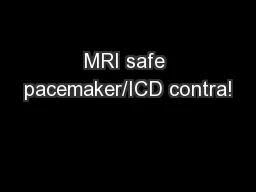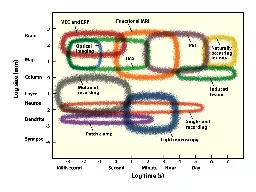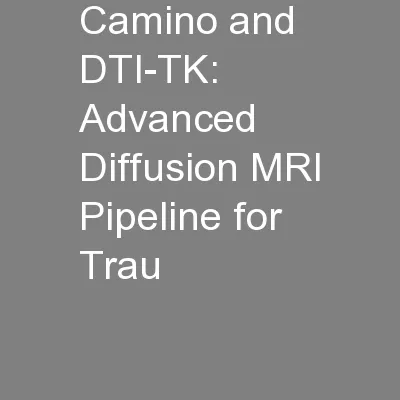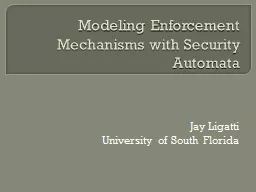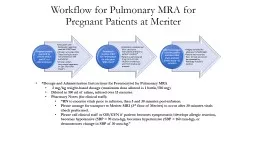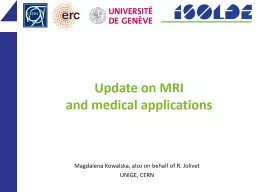PPT-Moya Moya on MRI and MRA
Author : khadtale | Published Date : 2020-08-27
eEdE eEdE183 Control 2500 Steven Sogge MD Krish Thamburaj MD Financial Disclosures We do not have any financial disclosures Objectives Review the classification
Presentation Embed Code
Download Presentation
Download Presentation The PPT/PDF document "Moya Moya on MRI and MRA" is the property of its rightful owner. Permission is granted to download and print the materials on this website for personal, non-commercial use only, and to display it on your personal computer provided you do not modify the materials and that you retain all copyright notices contained in the materials. By downloading content from our website, you accept the terms of this agreement.
Moya Moya on MRI and MRA: Transcript
Download Rules Of Document
"Moya Moya on MRI and MRA"The content belongs to its owner. You may download and print it for personal use, without modification, and keep all copyright notices. By downloading, you agree to these terms.
Related Documents



